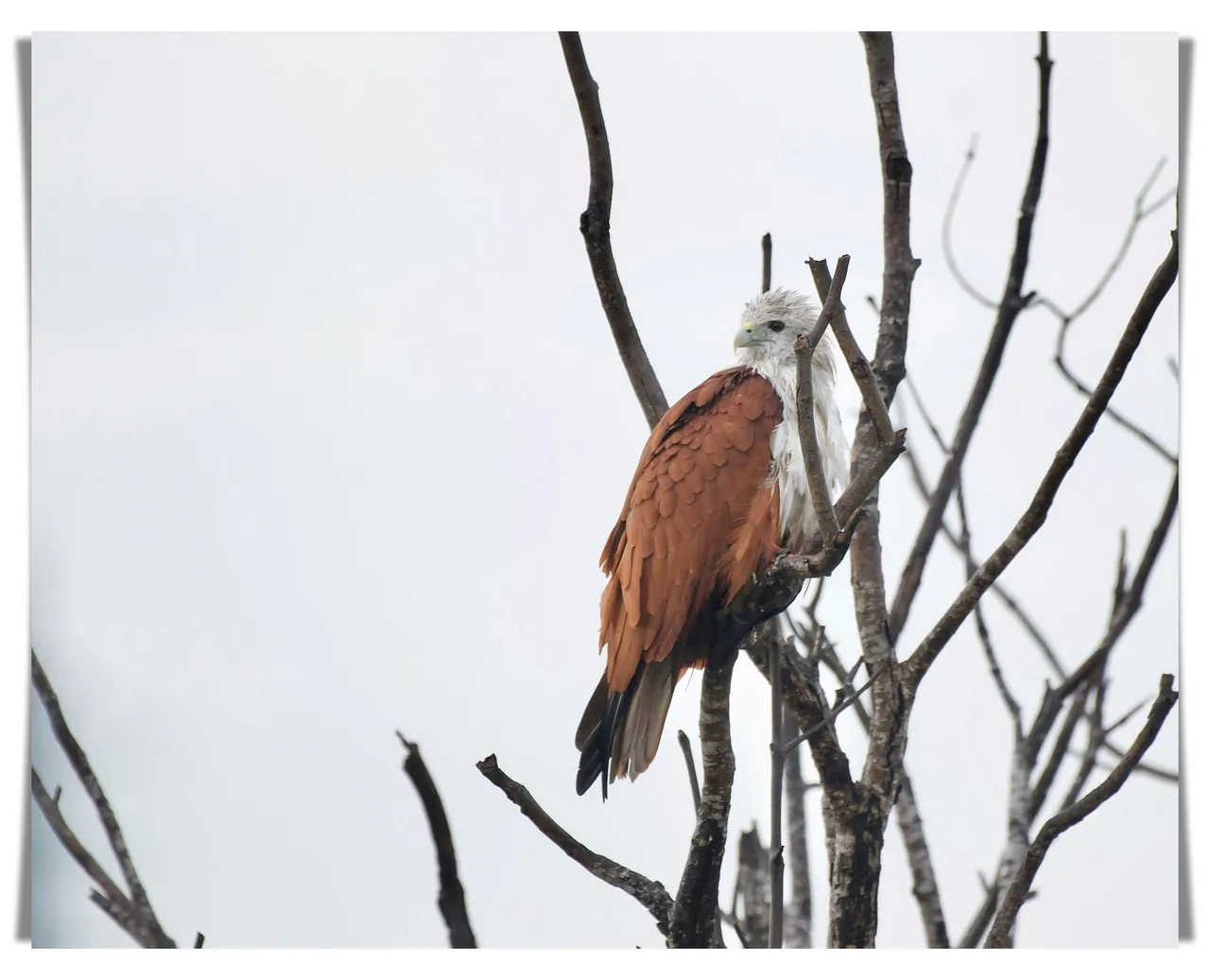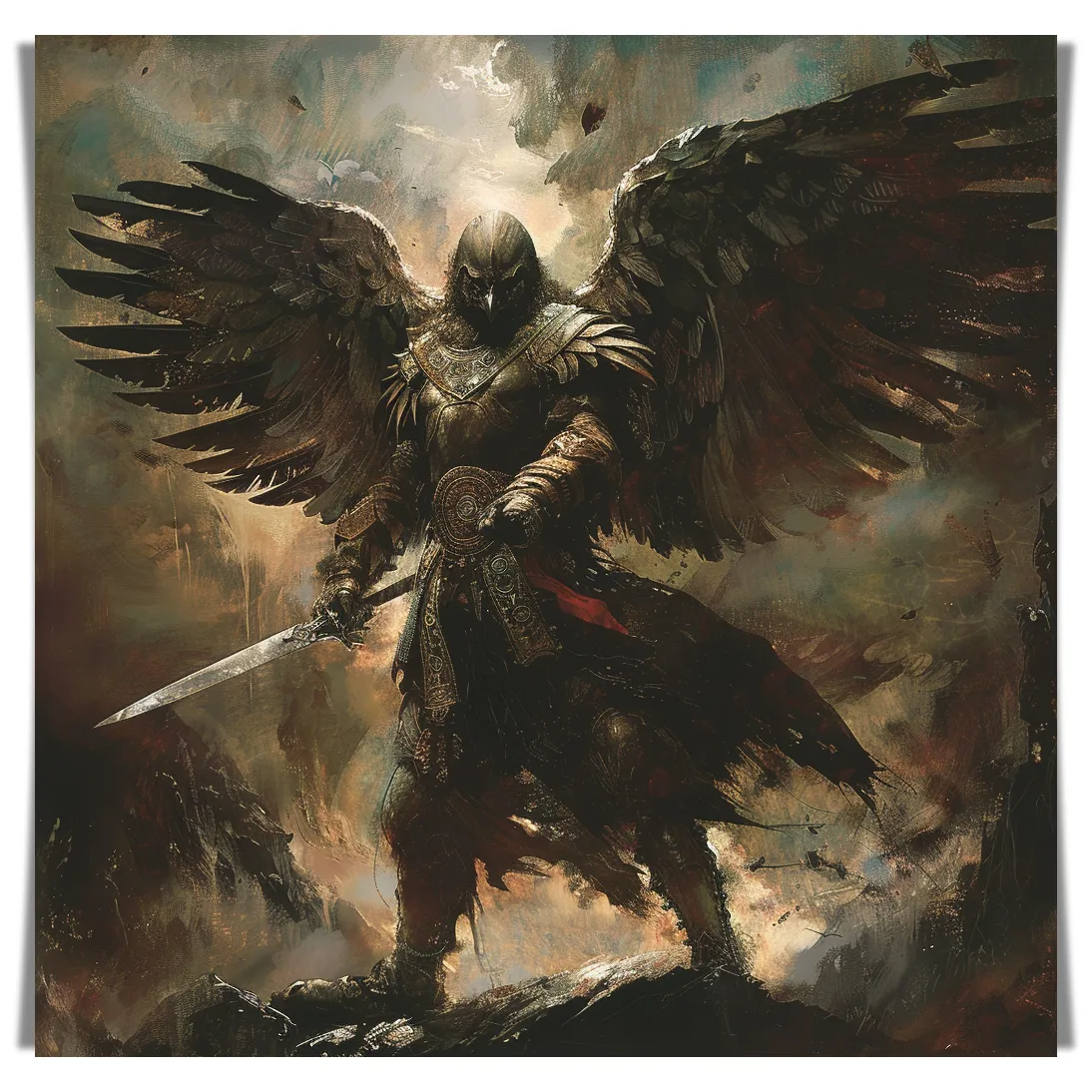It has been a while since my last participation in the ASEAN Hive Community Challenge. This week's theme has caught my attention because it revolves around local legends or myths. As a Dayak Iban of Borneo, the culture of my people boasts a rich folklore encompassing myths, epics, and histories. You might assume that I possess an extensive knowledge of these aspects, but unfortunately, I don't 😅. However, during my childhood, my dad used to narrate these folklores (known as "ensera" in Iban) to my siblings and me, though regrettably, I don't remember much.
My dad was an avid collector of books authored by the renowned Malaysian ethnologist and historian, Benedict Sandin. (Google Doodle paid tribute to the late Mr. Benedict Sandin in 2020 for his efforts in preserving the Iban heritage). I used to spend hours engrossed in these books, delving into the histories and myths of my people. Although I wish I could remember all those things I read, it has been more than 30 years since then.
Regardless, it would be disingenuous of me to claim complete ignorance about our mythology and folklore. I do have a grasp of the "basics," such as knowledge about Iban mythical figures and the "omen birds." Given the multitude of these figures, I will share just one for the sake of this post.
🦅 Iban's God of War, Sengalang Burong 🦅
One such mythical figure that stands out prominently in our mythology is the god of war, Sengalang Burong. This mythical creature is not only a fascinating element of our folklore but also a symbol deeply embedded in our cultural identity. Do you believe that I could trace my ancestry to Sengalang Burong? More on this later. It might sound absurd to some, but the Iban genuinely believes in this, treating it with deep honor and reverence.
Sengalang Burong hails from the mythical realm in the sky, Tansang Kenyalang, which means the Hornbill's Nest. He would assume the form of a Brahminy Kite (red-backed sea eagle) whenever he came down to the earth and communicated with humans.
Here's a picture of a Brahminy Kite. I've never seen one in my life but I heard so much about this eagle.

Sengalang Burong was the eldest among seven siblings, born to Raja Jembu (King Jembu) and his wife, Endu Dara Saur. All of Raja Jembu's children possess divine powers that influence the events in this world. As the eldest, Sengalang Burong stands as the most revered mythical figure among the Ibans. Serving as the god of war, the Ibans would seek his guidance before embarking on any head-hunting wars against neighboring tribes. Sengalang Burong also oversees the communication between the gods residing in Tansang Kenyalang and humans. He manages this communication through a complex system of omens, thus involving the use of "omen birds."
🦅 The Omen Birds 🦅
God gives instructions to humans by dispatching birds or animals bearing messages that either sanction or disapprove of human activities. The primary messengers are the 8 omen birds, among whom 7 are sons-in-law, and the eighth is a friend of Sengalang Burong.
The names of the omen birds are Ketupong, Beragai, Pangkas, Bejampong, Embuas, Kelabu Papau, Burong Malam, and Nendak. Interestingly, all of these are actual birds that inhabit the rainforests of Borneo. Unfortunately, my knowledge is limited, and I hesitate to delve into the specific roles of each bird to avoid providing potentially misleading information. (The Ibans are very proud of their heritage and quite sensitive to such misleading information thus I should shut up).
The Ibans traditionally sought guidance from these omen birds when making important decisions such as starting a new farming venture, constructing a new longhouse, or addressing various aspects of life.
On a lighter note, here's a fascinating fact about my family: my parents once had to cancel the adoption of a baby boy due to an encounter with an omen bird on their way to pick up the child. Seeking advice from a shaman, they were warned to abandon their plans, as proceeding could bring misfortune to our family. This incident is a true story that happened when I was around 11 years old.
Here is an AI-generated image of the god of war, Sengalang Burong. I utilized AI to create this picture because I was unable to find an appropriate image to depict him. I trust that sharing this image won't ruffle anyone's feathers 🤷♀🙏.

Image source: Leonardo AI
🦅 Tracing My Ancestry to Sengalang Burong 🦅
We, the Ibans, take great pride in our heritage, particularly in the significant practice of tracing our ancestry ("tusut"). However, we lack a written system to document our myths, legends, folklore, or genealogy. Instead, we relied on oral tradition to pass down our cultural narratives to the next generation. Over hundreds of years, we have skillfully interwoven the elements of myths and folklore into the fabric of our ancestral history and genealogy.
You can find my maternal family tree on this link.
Here's the section that mentioned my parents and siblings.

However, this genealogy is not exhaustive. I think this list was last updated in 2009.
Here's another AI-generated image of the god of war, Sengalang Burong.

Image source: Leonardo AI
What are your thoughts on this post? I hope you've gained some insight into my people, the Dayak Iban of Borneo. Despite my limited knowledge of our cultural history, I am eager to share more about certain aspects of our culture someday 🙏.
That's it for now. If you read this far, thank you. I appreciate it so much! Kindly give me a follow if you like my content. I mostly write about making art, life musing, and our mundane yet charming family life here in Klang Valley, Malaysia.
Note: All images used belong to me unless stated otherwise.
